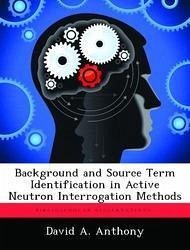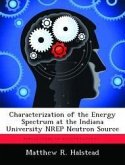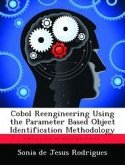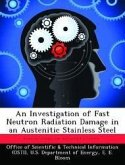The detection and tracking of special nuclear material (SNM) is vitally important in order to know where these materials are and prevent them from being used in a harmful manner. Active neutron interrogation is a sought after method for this since the resulting high energy gamma rays produced by inelastic scattering and neutron capture reactions can pass through denser shielding than natural decay gammas, and their energy spectra are unique to each isotope. Using Monte Carlo N Particle (MCNP) simulations, this research investigated the characterization of gamma ray sources created by active neutron interrogation. Ring detector and mesh tallies within MCNP provide the energy and spatial distributions of gamma rays and neutrons associated with the induced background produced by a 14 MeV D-T neutron generator operated for 10 seconds at the Defense Threat Reduction Agency (DTRA) Technical Evaluation Assessment Monitor Site (TEAMS) at Kirtland AFB, NM. Iron (Fe-56), lead (Pb-207), polyethylene (C2H4 --gt; C-12 and H-1), and uranium (U-235 and U-238) were simulated as the target isotopes. Analysis of their corresponding neutron and gamma ray energy spectra provide the target source term. The resulting signal-to-noise ratios for each target demonstrated that while 6,859 cm3 of Fe-56, H-1, and C-12 were distinguishable from the neutron induced background radiation, the same size of Pb-207 and U-238 and 1.5 kg of U-235 were not. Therefore, a reduction in the induced background radiation is necessary to accurately identify materials at these sizes or smaller, based upon the simulation.
Hinweis: Dieser Artikel kann nur an eine deutsche Lieferadresse ausgeliefert werden.
Hinweis: Dieser Artikel kann nur an eine deutsche Lieferadresse ausgeliefert werden.








